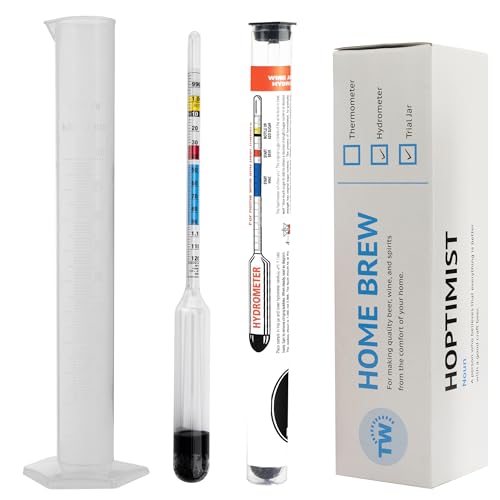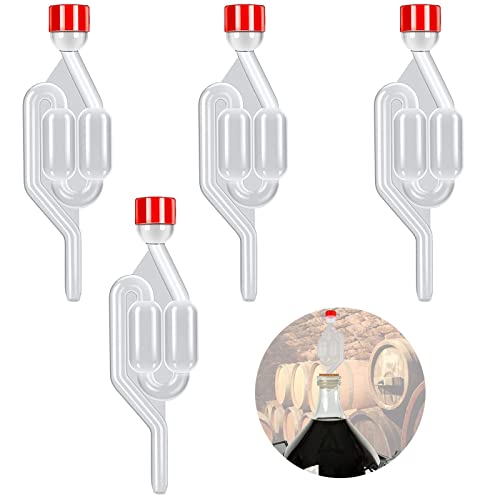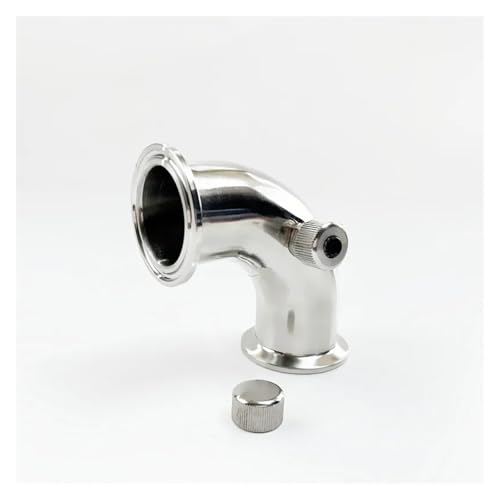peebee
Out of Control
This is a topic I see time and time again: What pressure to keep the keg at, and what pressure to dispense successfully? I maintain the pressure (8-12psi) and dispense very slowly, wait for the foam to abate, the top up very slowly. I put up with this tedium because only about 1/4-1/3 of my beer is served as keg, the rest is hand pumped with the beer at below 2psi so dispensing isn't an issue. But I hear of others with carefully calculated lengths of beer line, or that drop the keg pressure to about 5psi for serving before restoring the pressure at the end of session.
Basically, serving keg beers (and not glasses of foam) can be a pain in the …
Moving on, and an entirely different subject. I'm keen on brewing low-alcohol beers and ferment in the dispensing keg, under pressure using "spunding" valves. I'm perfectly happy with the regulators I've repurposed as very accurate low-pressure "spunding" valves. But recently I was made aware of purpose built valves made (in China) for an Australian bunch called "Kegland". So I ordered a couple, they are called "Blowties", via AliExpress to play with. At the same time I noticed some plastic secondary regulators based on the same design as the "Blowtie", so I got a couple of them (they were only a couple of quid) to play with too. The description said "suitable for gas or liquid"; what on earth would you want a wet regulator for?
Back to dispensing glasses full of beer foam: I'm bored of taking five minutes to pour a glass of my keg beers. I'm very unimpressed with all the faffing about with "beer line calculators" and "balancing kegs" or the idea of dispensing at low pressure and having to restore the pressure after serving. Is there not a better way? Meanwhile I'll reach for one of these hand pumped beers which are a lot less bother …
… a penny drops!
Flippin' heck, it works too! But this will require some piccies and it is still morning so I'm not pouring beer yet. You'll have to wait for the description.
To be continued …
Basically, serving keg beers (and not glasses of foam) can be a pain in the …
Moving on, and an entirely different subject. I'm keen on brewing low-alcohol beers and ferment in the dispensing keg, under pressure using "spunding" valves. I'm perfectly happy with the regulators I've repurposed as very accurate low-pressure "spunding" valves. But recently I was made aware of purpose built valves made (in China) for an Australian bunch called "Kegland". So I ordered a couple, they are called "Blowties", via AliExpress to play with. At the same time I noticed some plastic secondary regulators based on the same design as the "Blowtie", so I got a couple of them (they were only a couple of quid) to play with too. The description said "suitable for gas or liquid"; what on earth would you want a wet regulator for?
Back to dispensing glasses full of beer foam: I'm bored of taking five minutes to pour a glass of my keg beers. I'm very unimpressed with all the faffing about with "beer line calculators" and "balancing kegs" or the idea of dispensing at low pressure and having to restore the pressure after serving. Is there not a better way? Meanwhile I'll reach for one of these hand pumped beers which are a lot less bother …
… a penny drops!
Flippin' heck, it works too! But this will require some piccies and it is still morning so I'm not pouring beer yet. You'll have to wait for the description.
To be continued …
Last edited:













































